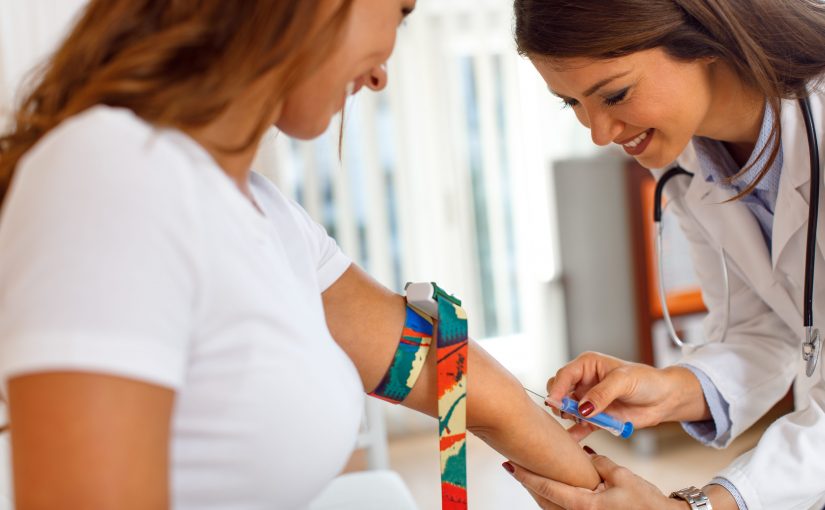A recently released report from the Australian Institute of Health and Welfare (AIHW) says 10% of Australian pregnancies are affected by diabetes. About 1% are women with diabetes which started before becoming pregnant and 8.9% women developed gestational diabetes, a type of diabetes that develops only during pregnancy.
In round terms that’s 40,500 pregnant women that will develop gestational diabetes each year.
The report also found that pregnant women with gestational diabetes were more likely to require caesareans, have their labour induced, and suffer pre-eclampsia and gestational hypertension.
Gestational diabetes usually manifests itself usually between the 24th and 28th week of pregnancy.
For most women it’s a temporary situation and they will return to normal after their baby is born, but in some cases, it will become a permanent condition.
After winning the 400-metre event at the 2000 Sydney Olympics, Cathy Freeman became a household name, receiving wall-to-wall coverage for her athletic prowess.
A paragon of health and well-being, one wouldn’t have figured her as a candidate for diabetes but whilst pregnant with her first child she discovered she had developed gestational diabetes.
Associate Professor Graham Jones, an Australian Clinical Biochemist and pathologist, comments on the cause of gestational diabetes:
‘The exact mechanisms remain uncertain, however there is a resistance to the action of insulin (the key hormone which controls blood sugar levels) which becomes worse during pregnancy, combined with an inability of the pancreas to secrete enough insulin.
‘And especially if your body already struggles with insulin resistance, you may develop gestational diabetes.’
And because gestational diabetes is a condition which can sneak up on a woman despite enjoying robust health, guidelines from the Australian Diabetes in Pregnancy Society (ADIPS) recommend that pregnant women should be tested for gestational diabetes between weeks 24 and 28 of their pregnancy.
The test should be taken earlier by pregnant women at increased risk of developing diabetes.
There is an extensive list of risk factors, which include:
- Having gestational diabetes in a previous pregnancy
- being 40 years of age or older
- having a family history of type 2 diabetes
- having a mother or sister who has had gestational diabetes
- being above the healthy weight range
- being of Aboriginal and Torres Strait Islander backgrounds
- being of Melanesian, Polynesian, Chinese, Southeast Asian, Middle Eastern or Indian background
- history of polycystic ovarian syndrome
How to test for gestational diabetes
The test for gestational diabetes is called the oral glucose tolerance test (OGTT) which requires you to fast overnight, after which a blood sample will be taken. You will then be asked to drink a sugary solution and be tested one, and two hours after the drink. The test is designed to see how your body responds to this challenge.
If the blood glucose levels are above the normal range at any of the three stages of testing, the results indicate you have gestational diabetes.
If you are found to have gestational diabetes, your clinician will be able to direct you on the best course of action, which may include a healthy eating plan, regular activity and the continued monitoring of your blood sugar levels.
While most women will return to normal blood glucose levels after pregnancy, there is an increased risk of ongoing diabetes and for developing type 2 diabetes in the future. The ADIPS guidelines recommend a routine OGTT 6 – 12 weeks after delivery.

